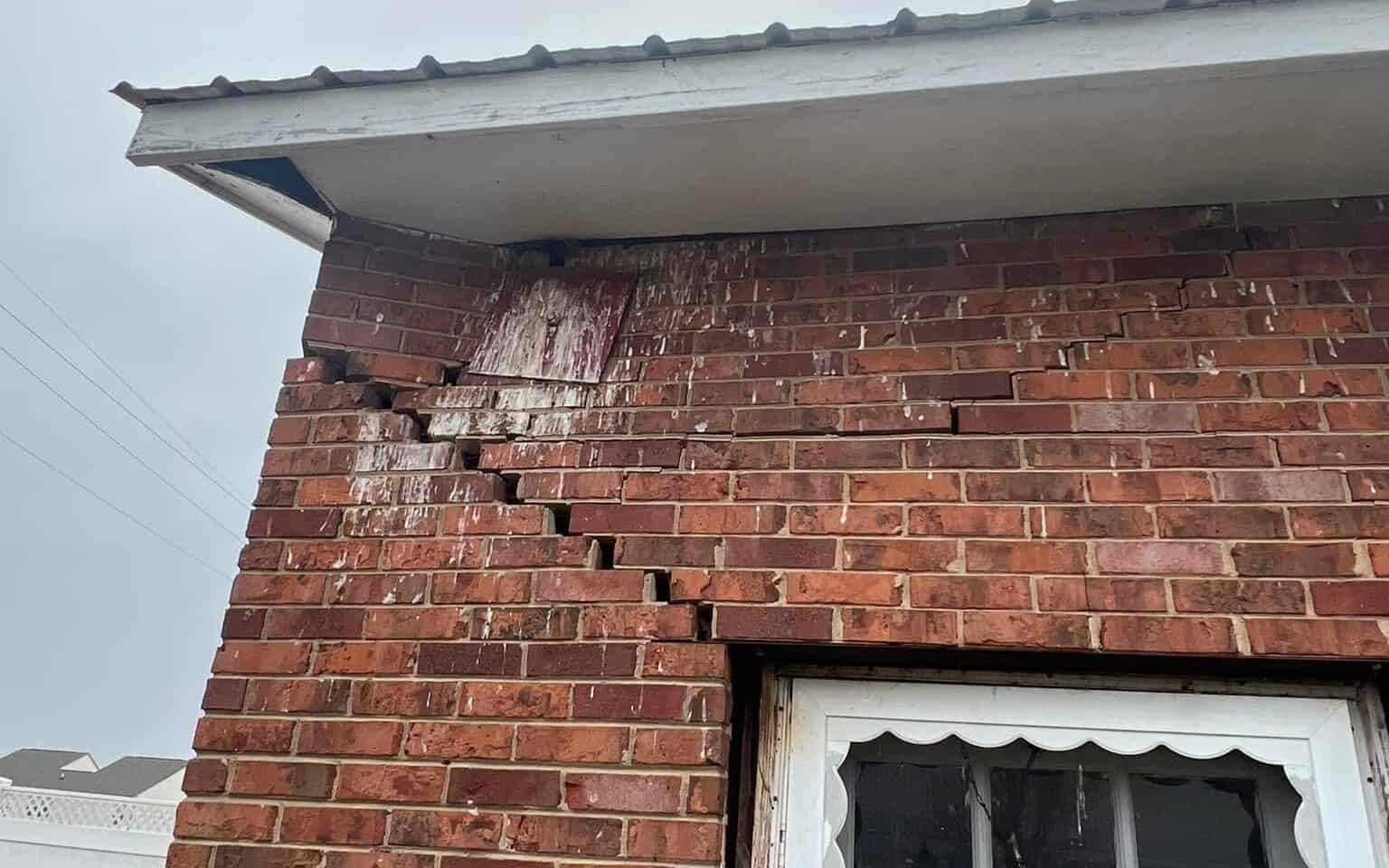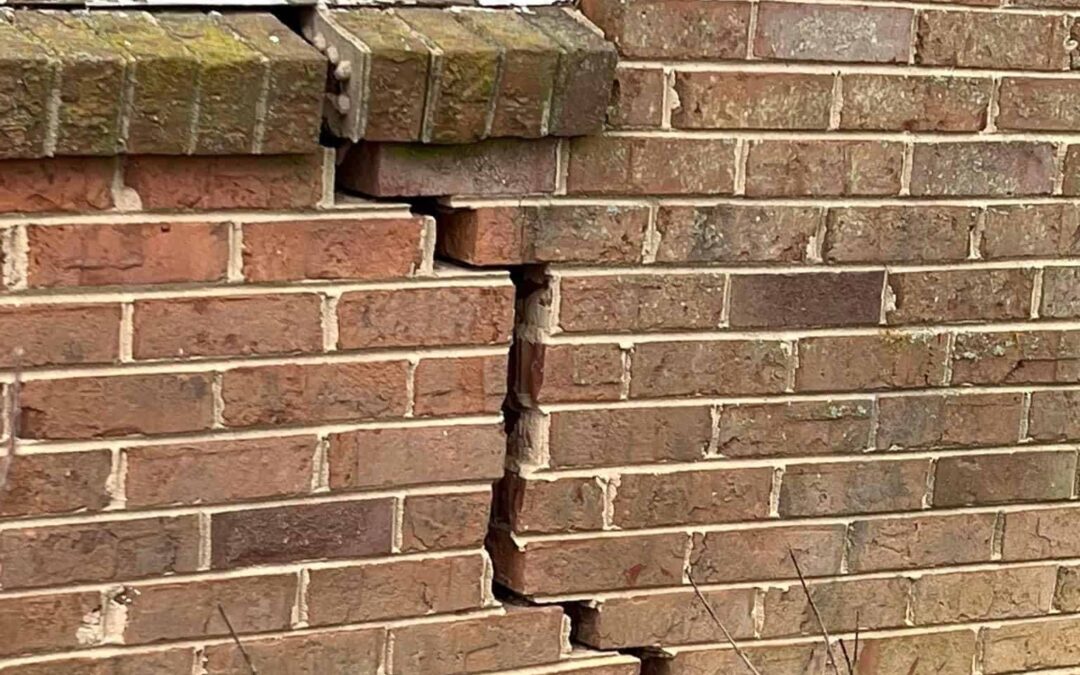Cracks in a house can be a cause of concern for any homeowner. While some cracks are normal and may not require any attention, others may be signs of significant structural problems. In this article, we will explore the differences between normal cracking and structural problems in a house.
Normal cracking
All houses will experience some form of cracking over time, and it is usually a normal part of the aging process. Normal cracking can be caused by several factors, including:
- Settlement: When a house is built, the soil underneath it is compacted to support the weight of the structure. However, over time, the soil may settle, causing the foundation to shift slightly. This can result in minor cracks in the walls and ceilings.
- Temperature changes: Changes in temperature can cause materials in the house to expand and contract, leading to small cracks.
- Humidity: Humidity can cause materials to expand, leading to cracks in areas like the bathroom and kitchen.
- Poor workmanship: Poor workmanship during construction or renovation can result in cracks in the walls and ceilings.
Normal cracking is usually nothing to worry about and can be easily fixed with some patching and painting. However, if the cracking is severe or appears in unusual areas, it may be a sign of a more significant problem.
Structural problems
Structural problems are a more serious issue and can be caused by several factors, including:
- Foundation problems: Foundation problems can occur due to poor construction, soil issues, or water damage. Signs of foundation problems include cracks in the foundation, uneven floors, and doors and windows that are difficult to open or close.
- Water damage: Water damage can cause significant structural problems, including rotting wood, weakened walls, and ceilings, and mold growth.
- Soil issues: Poor soil conditions, such as expansive soil, can cause the foundation to shift, resulting in significant structural damage.
- Earthquakes: Earthquakes can cause severe structural damage, including foundation problems and wall cracks.

Structural problems can be dangerous, and if left untreated, they can lead to significant property damage and even harm to the occupants of the house. If you notice any signs of structural problems, such as cracks that are wider than a quarter inch, doors and windows that don’t close properly, or uneven floors, it is important to contact a professional for an inspection.
In conclusion, cracking in a house can be a normal part of the aging process, but it can also be a sign of significant structural problems. Understanding the differences between normal cracking and structural problems can help homeowners determine when it is necessary to seek professional help. If in doubt, it is always best to contact a professional to inspect the house and ensure that any issues are addressed promptly.

